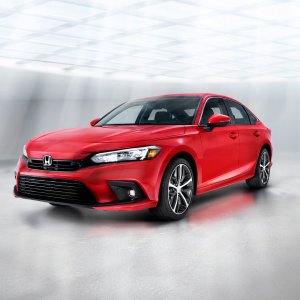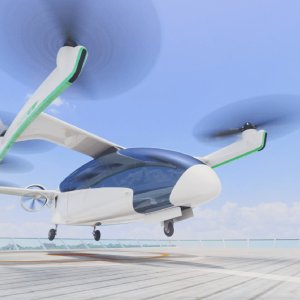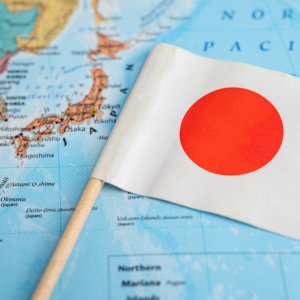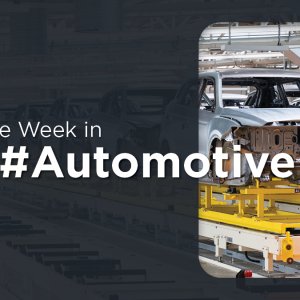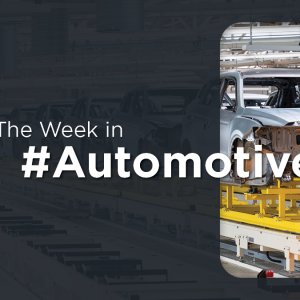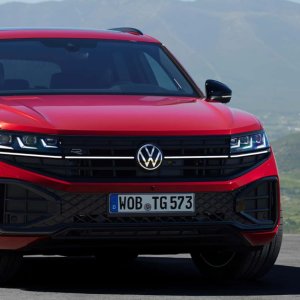Quality Captures Customer Loyalty

STORY INLINE POST
Q: How have you improved your sales through data management and how has that influenced your sales strategy?
A: Honda is a high-fidelity brand that has cultivated great customer retention. Around 98 percent of our clients come back to us for their first maintenance service and 95 percent do so for the second one. Our Recompra (Repurchase) program rewards that fidelity by giving customers the option to resell their Honda vehicle to the dealership. Honda vehicles retain a high value when resold. The program also benefits customers because the blue book pricing at the dealership tends to be between the upper-middle and upper range, providing a better price for the customer. Sometimes, we even repurchase the vehicle at a price above the upper range.
When we repurchase our vehicles, we generate more business for dealerships and we renew the purchasing cycle while keeping our customers happy and allowing them to move from an HRV to a CRV, for example. Around 40 percent of the vehicles sold through a dealership come back to us through the Recompra program.
Q: What role will EVs and hybrid models play in Honda's midterm plans for the Mexican market?
A: We were pioneers in this segment launching our Civic hybrid more than a decade ago. When we launched the CRZ hybrid, we were ahead of the times. At that moment, traffic and pollution were not the problems they are now. Demand has increased today as a result of government policies and because of people’s environmental awareness. Honda has always cared about the environment. In fact, all our models have a green button called ECON, which enables the vehicle to work under our “Earth Dreams” technology. This implies clean technologies, energy and fuel efficiency.
Today, in other countries we have a family of entirely electric and hybrid vehicles and we also offer hydrogen-fueled models. In Mexico, we have the Insight model, a hybrid vehicle that is between Civic and Accord. Its motor works with battery cells fed by a combustion engine. We are betting on a variety of technologies because there will not be a clear winner dominating the entire world. Instead, the winner will be defined by region. Because we are a global company, we need to be prepared.
Honda’s plans are definitely focused on being a clean company. One goal of the Honda 2030 Global Plan is to convert most of our models to clean energies. How fast that is adopted in Mexico will rely on the country’s characteristics. This means that if the priority is to go electric, then focusing on charging points is necessary. If it is hybrid, policies must assure the vehicle remains accessible to all markets. Without government incentives, it is very difficult to integrate these vehicles into the Mexican market.
Q: What are the biggest challenges to move your supply chain operations from Jalisco to Celaya?
A: Bajio is fully developed in the automotive sector. Many OEMs are already in Celaya, suppliers are well-developed and train lines are useful with the ferroférico project in the city. Thus, concentrating our auto production in Celaya did not represent greater costs. As of today, both plants are producing HRV models. Accordingly, we are not going to produce something new, the product will remain the same. What we are doing at the global level is to adapt production plants based on market demand. The Guadalajara plant is now focused on the US market and the Celaya plant is focused on the US, Canadian and Mexican markets as well as other countries. As the product evolves, we need economies of scale so we can supply adequately to all markets. The Celaya plant is producing at full capacity, which is enough to supply global demand. The plant produces around 700 units daily and 200,000 units annually. Furthermore, it is a new plant and totally state-of-the-art.
Q: How is USMCA influencing Honda’s strategies to implement new rules of origin?
A: The new USMCA’s rules of origin were a complicated issue for most OEMs given the uncertainty it brought. Honda analyzed this issue beforehand and we tried to integrate suppliers so it would not be more complicated than what it is. As of today, we are able to comply 100 percent with the national content rule to avoid any issue whatsoever in our trade balance.
Honda de México started operations in 1985 with a plant located in El Salto, Jalisco. In 2012, Honda started the construction of its first plant in Celaya – with an annual production capacity of up to 200,000 units – and one year later started the construction of a second plant for transmissions

 By Alejandro Enríquez | Journalist and Industry Analyst -
Fri, 05/01/2020 - 05:00
By Alejandro Enríquez | Journalist and Industry Analyst -
Fri, 05/01/2020 - 05:00
